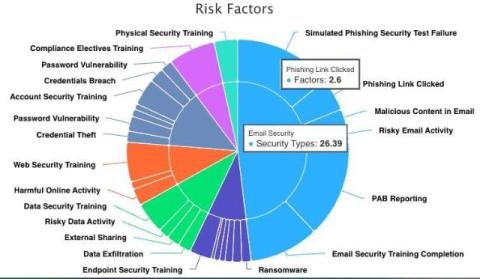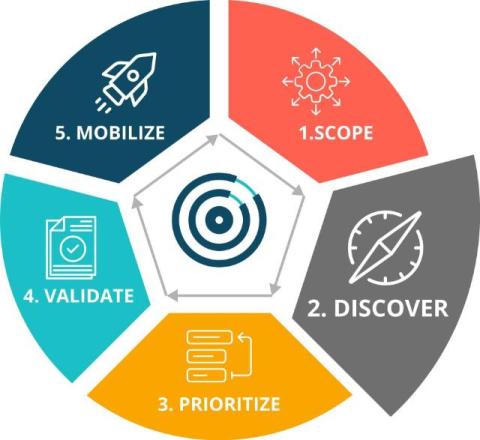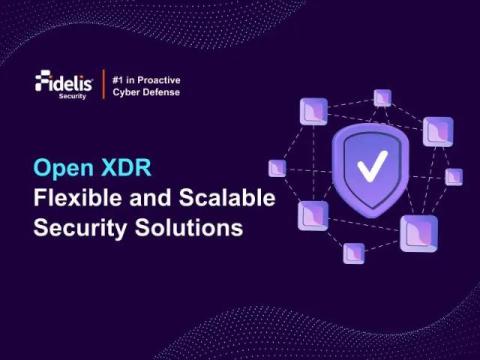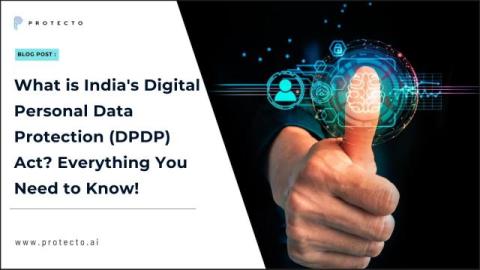Coming soon: Securely import and export passkeys
Passkeys are superior to passwords in almost every way. They’re simpler to use because there’s nothing to memorize, type out, or paste in. They’re also always strong and come with multi-factor authentication built right in. In short, passkeys are awesome.










